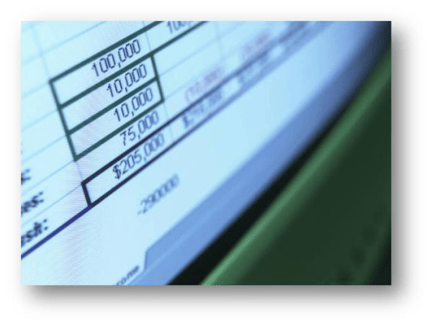This blog continues with the various financial/accounting measurements you can use. As stated previously, most small businesses use an ERP system from companies like SAP, NetSuite and Microsoft. But they fall short of providing inventory optimization and rationalization. Understanding and using some basic financial and accounting methods with an advanced inventory optimization solution will help get you there. It will also help keep you there.
Inventory Turnover Rate – recap of ITR from the Part 1 May Blog:
Also known as inventory turnover ratio or inventory turn, inventory turnover rate is the number of times a company sells and replaces its stock in a period, usually one year. You can use the inventory rate to determine if a business has too much inventory compared to how much of its stock is selling. Inventory rate measures how well a company makes sales from its inventory.
Use this formula to calculate inventory turnover rate:
Inventory turnover rate = cost of goods sold / average inventory
Days on Hand
Days on hand (DOH), also known as the average days to sell inventory (DSI) or average age of inventory, is the rate of inventory turns by day. This daily interval is the most common timeframe after an annual range.
Use this formula to calculate days on hand:
Days of inventory on hand = (average inventory for period / cost of sales for period) x 365
Backorder Rate
Backorder rate is a measurement of the number of orders a company cannot fulfill when a customer places an order. It shows how well a company stocks in-demand products.
Calculate the backorder rate with this formula:
Backorder Rate = (# delayed orders due to backorders / total # orders placed) x 100
Rate of Return
Rate of return (ROR), also called the return on investment (ROI), is a percentage that shows the profit on an investment over a period. This percentage is a proportion of the original investment and usually expressed for a year.
Calculate the rate of return with this formula:
Rate of return (ROR) = [(final value – initial value) / initial value] x 100
Fill Rate
Fill rate, also called line fill rate, is a measure of all portions of the supply chain, including the order fill, line fill and unit fill. This important metric helps companies monitor order fills and line fills.
Use this formula to calculate fill rate:
Fill rate = [(# total items – # shipped items) / # total items] x 100
Service Level
Service level in the context of inventory management is a metric that addresses the percentage of customers who do not experience stock-outs. Use this metric to balance excess inventory costs and stock-out costs resulting from having too much and not enough inventory to fulfill orders.
It also helps companies account for the challenges of the supply chain, customer demand and stock rotation.
Use this formula to calculate service level:
Service level = (# orders delivered / # orders received) x 100
Smart inventory planning tools like those from Valogix work in conjunction with ERP software to improve the inventory planning processes. Valogix inventory planning solutions consider several factors—budget, carrying costs, planning horizon, leads times and more. It efficiently generates an optimal stocking quantity. The entire planning process must be in-sync to create a plan that works.
Measure – Plan – Achieve Goals
